In January 2018, we started lemlist with $1,000.
Everyone told me that the market was way too crowded, but I got started anyway...
At that time, I kept receiving rejection messages.
Some were nice - others not 👇

But I kept going…
And I kept these rejection messages to put some fire in my belly 🔥
A few months later, we had our first paying customer.
2 years after that, we reached $1,000,000 in ARR.
After crossing that milestone that felt out of reach initially - I started to receive weekly messages from investors (including the ones who told me “no” in the first place).

1.5 years after that, we reached $10,000,000 in ARR and sold 20% of our business for $30M.
All of that with $0 raised.
How exactly did we grow from $0 to $20,000,000 in ARR without any funding?
How do we plan to build a billion-dollar company in the next 4 years?
That's the topic of the article 👇
Note: this article is based on my own learnings and failures. It's not a recipe for success: what worked for us might not work for your company. If this article helped you to get new ideas or taught you something, then I'd consider this article a success ❤️
How exactly did we grow from $0 to $20,000,000 in ARR without any funding?
When you grow a SaaS business, you have 3 different stages:
- Sell (0 to $1M in ARR)
- Grow ($1M to $10M in ARR)
- Scale ($10M to $100M in ARR)
The Sell Stage
The moment you have a “real” business is when you sell something.
Anyone can start a side project and call themselves an “entrepreneur”, but very few can actually sell.
If you’re in a crowded market like we were with lemlist - you don’t need to prove a “product-market fit.”
It already exists because your competitors are already making millions of dollars, and that’s a true validation of the product market fit.
What you need to prove is whether or not you can be better than the competition.
Peter Thiel once said: “Competition is for losers”
So instead of trying to compete, my goal was to prove that we were different.
I kept using lemlist to do my own sales prospecting.
Since we didn’t have any money, it was the cheapest way to acquire customers.
It was also the greatest way to learn about what was working or not (eating my own dog food).
I kept booking meetings with prospects, and I realized that it was the best-selling argument.
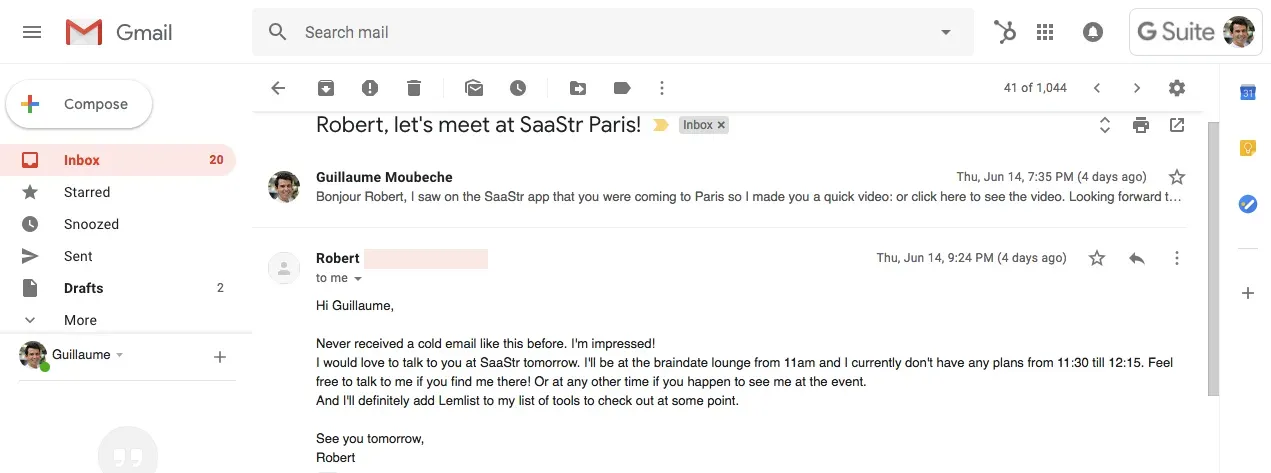
If someone is on a call with you because you’ve sent them a cold email to sell them a sales automation software - they’re living proof that it actually works.
At the time, even though I was based in Paris, I didn’t limit myself to Europe. I was doing sales prospecting in 3 different markets: Asia/Pacific (with a focus on Australia and Singapore), Europe, and North America.
Sahil Lavigna once said:
“If you write every cold email like it might change your life, one may. If you don't, none will.”
And that’s what happened…
Only a few months after launching lemlist - I managed to get a meeting with one of the sales directors at Zendesk
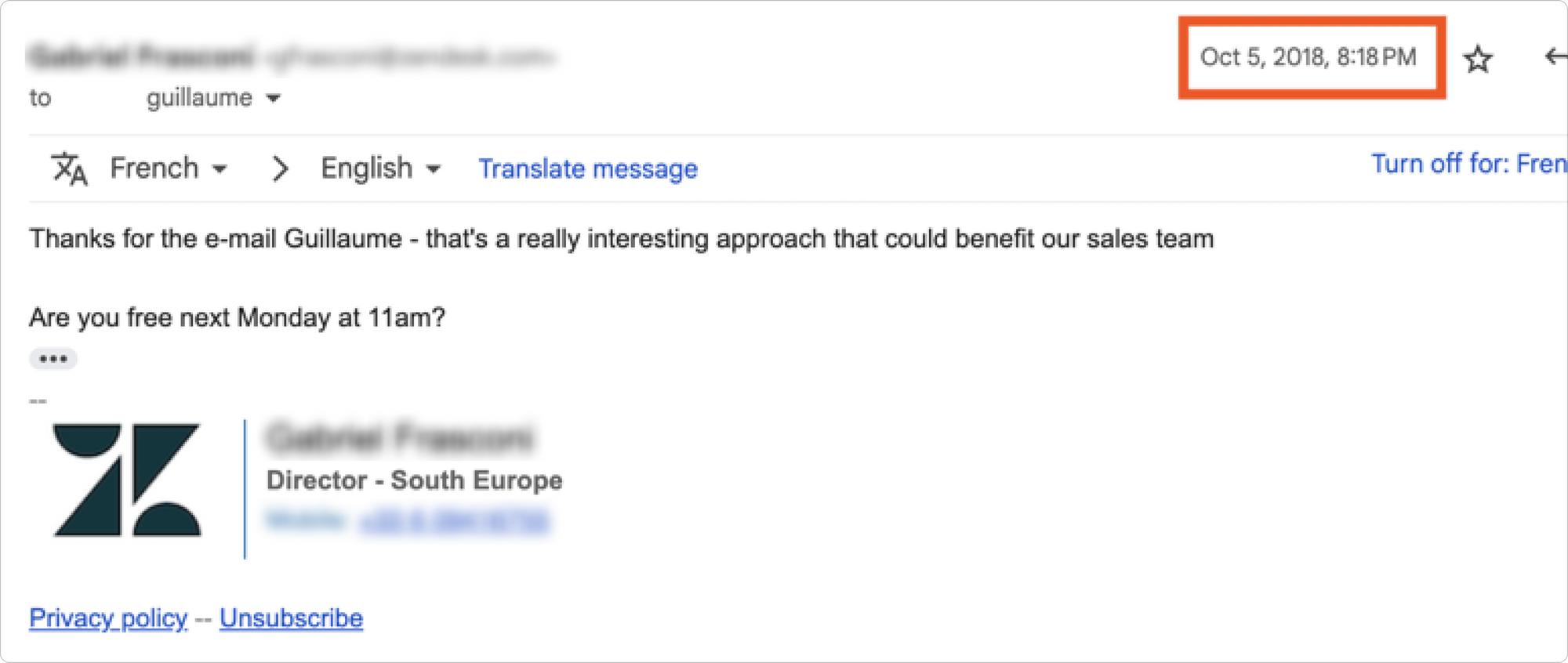
A few weeks later, Zendesk became one of our biggest customers (humble brag).
For 2 years, I kept doing sales prospecting, closing, and customer support.
Every single day, I would chat with our customers.
I would obsess over their problems and try to solve them in the product or through our content.
Overall, the US was our biggest market as I felt like people loved a lot more innovative solutions than in Europe.
On top of it, I would document every step of the way to show people how they can replicate the same results.

Which eventually led to the “Grow” stage.
The "Grow" stage
Business is about ONE thing:
Building TRUST.
If I tell you that for each dollar you give me, I will give you $10 back in a week - would you do it?
If you trust me - the answer will be yes (who wouldn’t 10x their investment in one week?)
If you don’t trust me - the answer will be no.
That’s as simple as that.
And since what you’re selling is either about “Making people more money” or “Saving people time” (which is essentially the same) - it all comes down to trust.
So our entire strategy was about creating a loveable overall experience so we could build more trust.

For each step of this growth loop, we were gaining more trust from our community.
Inspire
This is the part where you want to be more personal and where I was sharing our journey from day 1 with actual numbers and screenshots.
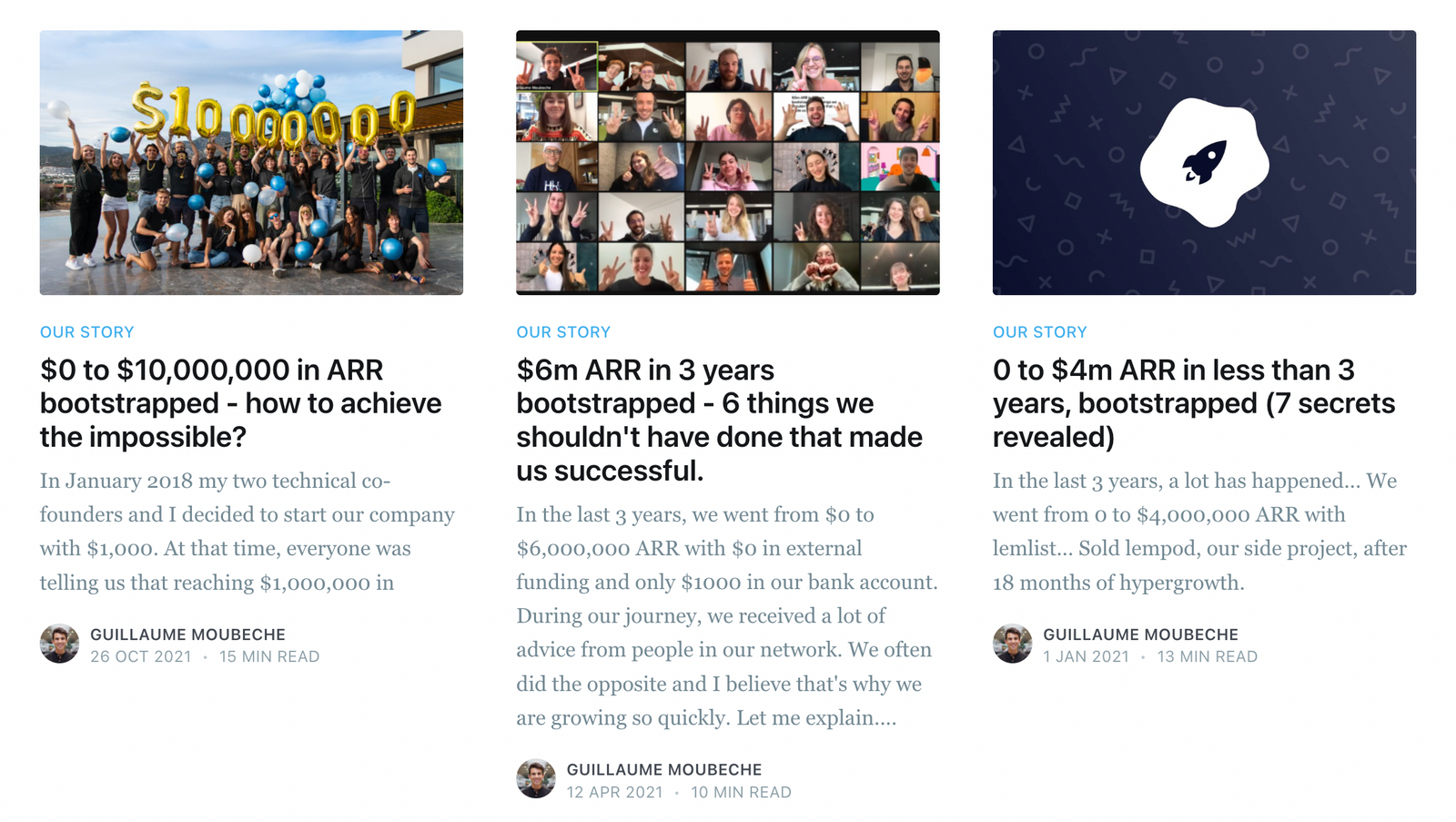
Everyone wants to share the ups, but if you’re truly transparent and also share the downs - you’ll create a much stronger relationship with your audience.
And that’s what I did on LinkedIn.
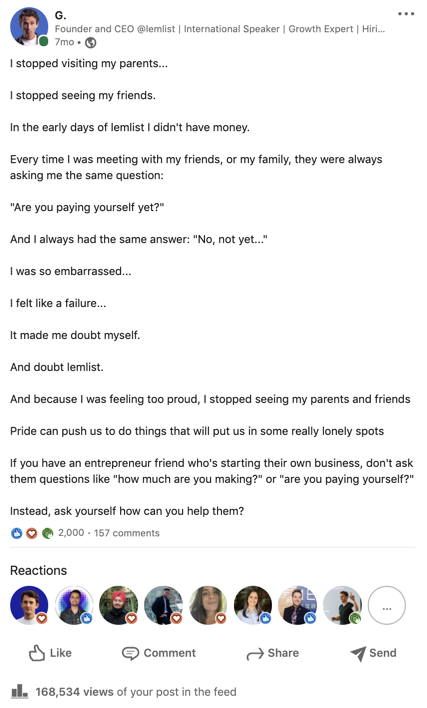
I got invited to hundreds of podcasts where I would share actionable tips and the ups and downs of the business.
Never trying to sell anything, always trying to help and build more trust.
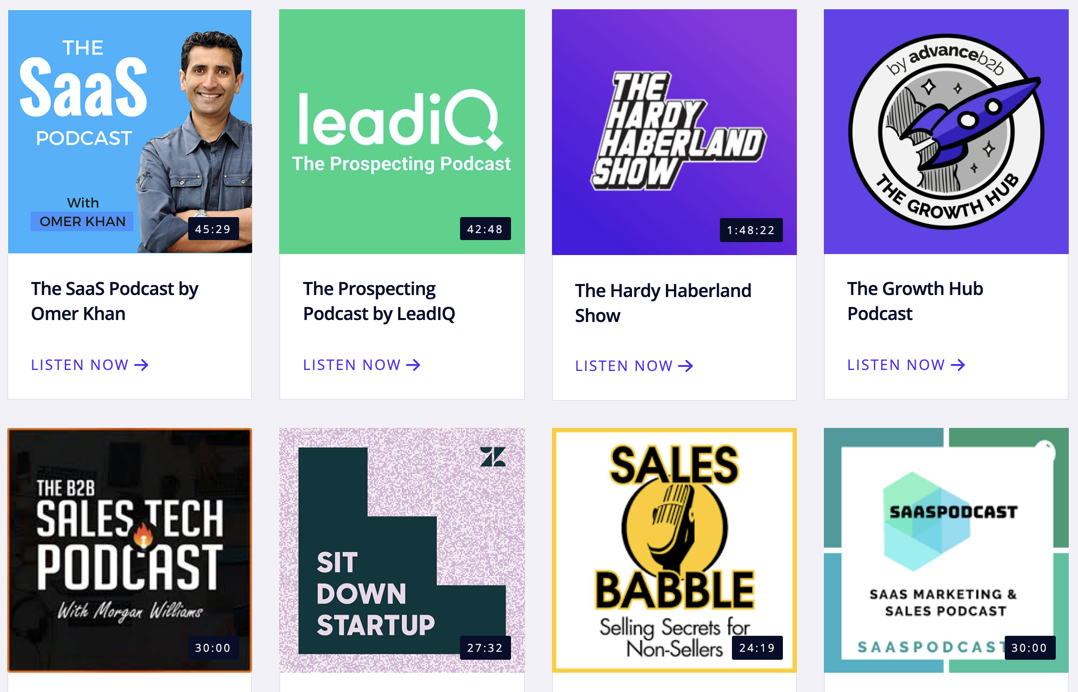
And because I knew that building an audience was a great way to build trust - I created an internal program to help and train my team to do the same.
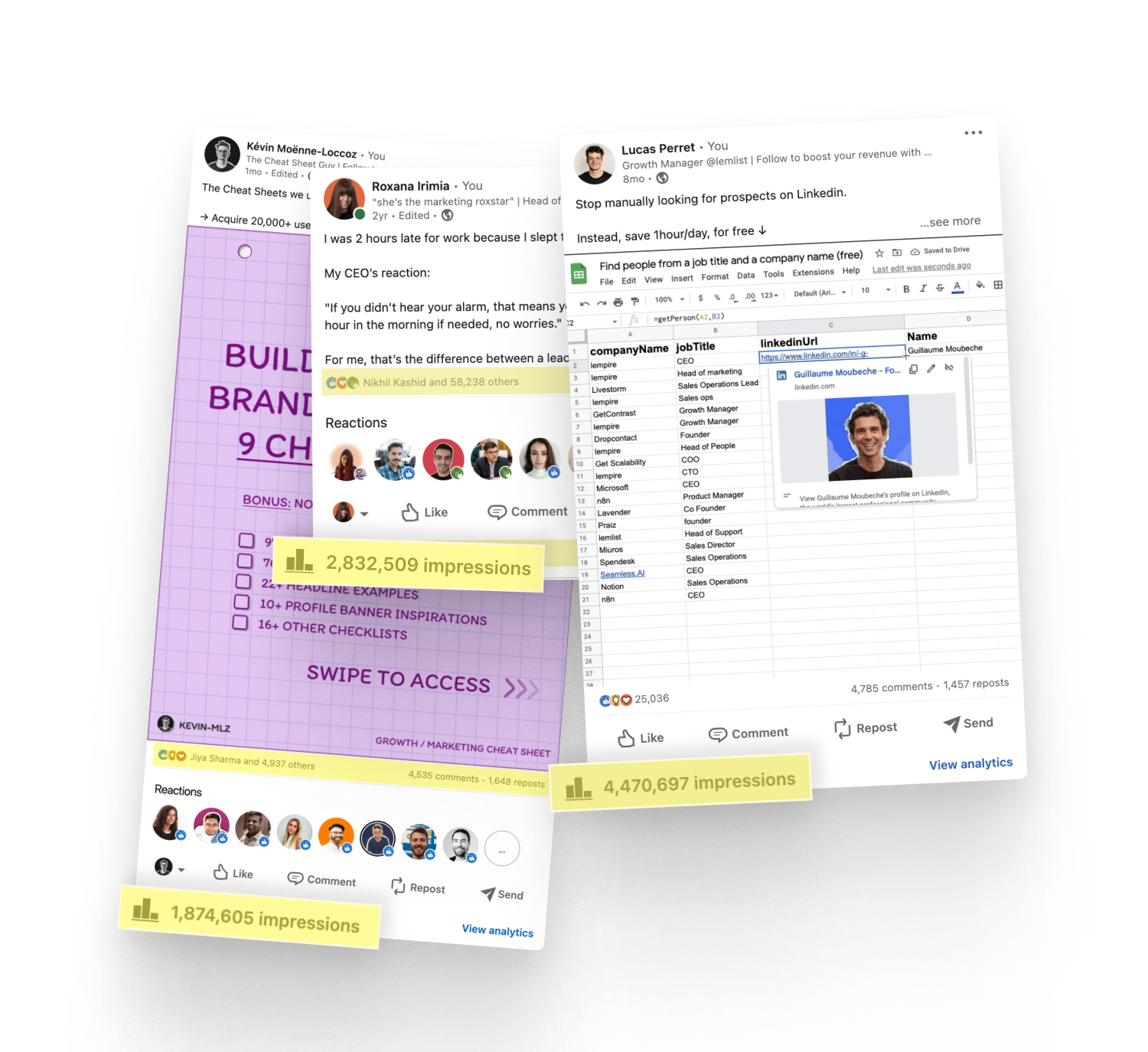
We reached millions of people every single month without spending a single dollar on ads.
And most importantly, we created more trust and generated more revenue.
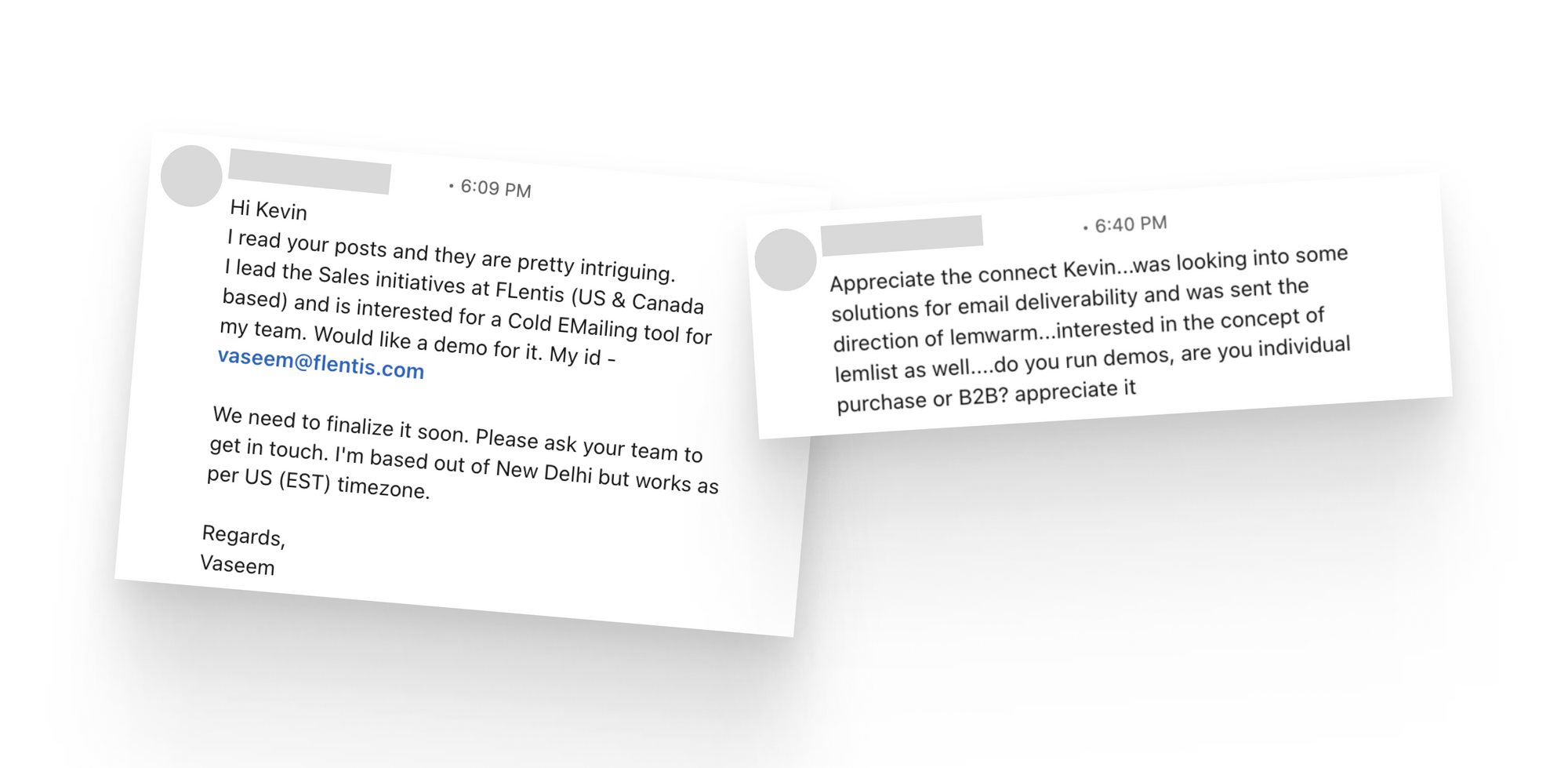
And once people trust you, it’s way easier to teach them how to be more successful.
Educate
Sales prospecting is hard.
Everyone talks about the latest hacks and shortcuts, but in the end, it’s a lot of work if you want to do it right.
So our goal was to provide the best insights from the smartest sales leaders worldwide.
That’s why we started to organize webinars with the top leaders of the industry.
It helped us in 3 ways.
1- We brought tremendous value to our audience
2- We leveraged the audience of each thought leader we were interviewing (and hence we grew our audience faster)
3- We associated our image with someone who’s already trusted (hence we increased our trust factor)

Based on all the learnings and testing we did with our community, we created the most advanced masterclass about multi-channel prospecting - training more than 23,800+ people around the globe.
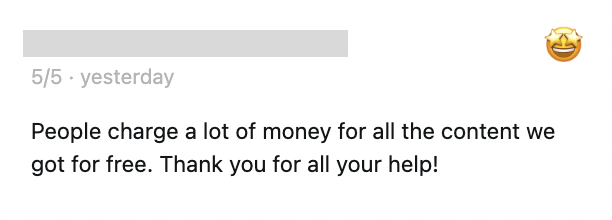
We also created the best place to find sales prospecting campaigns where every single week, we reward and showcase 1 lemlister (lemlist user) for the results they get from their sales prospecting campaigns.
It's a real win-win because being a lemlister of the week offers a lot of visibility, and for us, it's a great way to showcase unique and actionable content with REAL RESULTS.
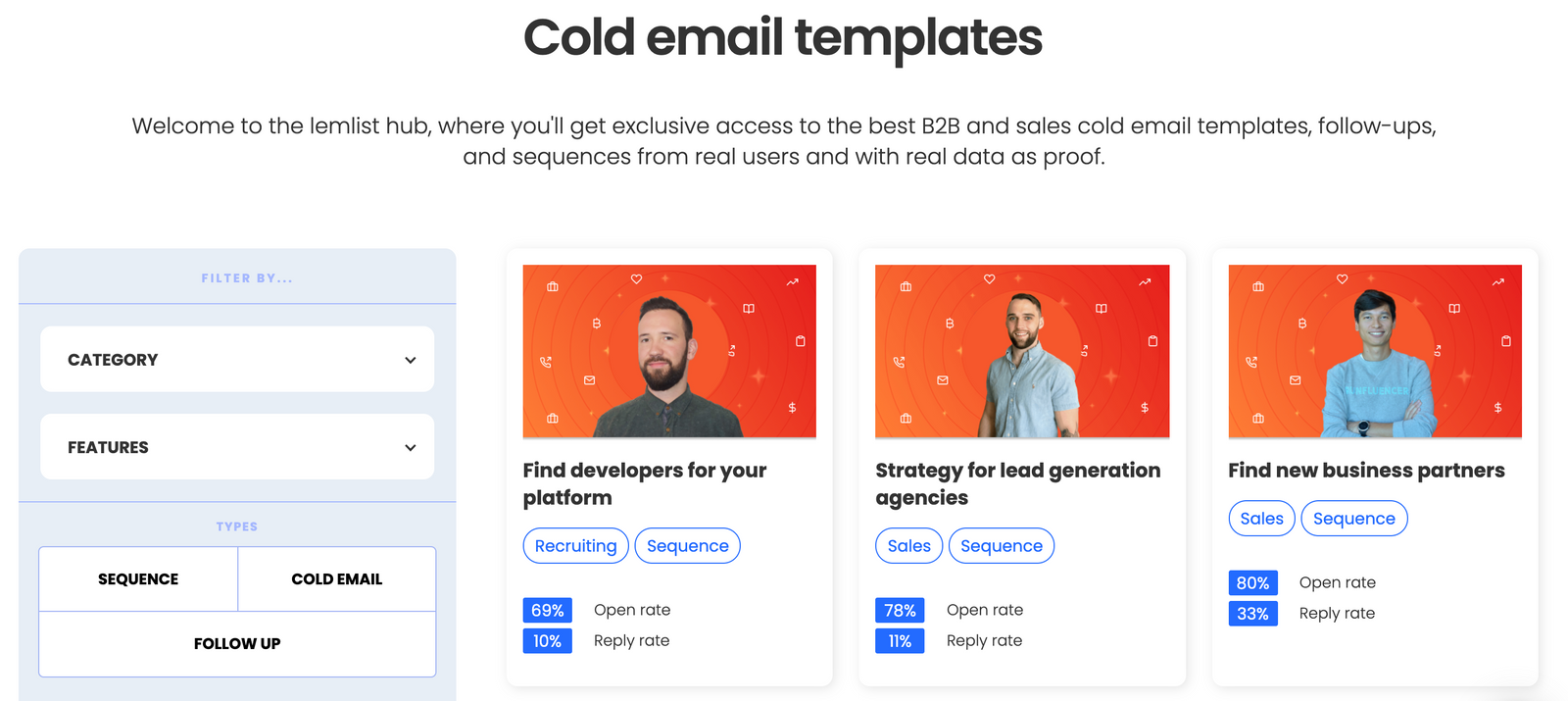
As I mentioned, trust is at the heart of any business that’s growing. That’s why we wanted our users to be at the heart of our business.
Our community was essential to our growth, and step by step, our users started to help each other.

Convert
Let’s face it, you won’t be able to scale to $10,000,000 ARR and more if you don’t have a great product.
But a great product means a lot of trial and error.
To me, the fact that we were iterating super quickly and listening to our customers helped us create a really strong Product-Led Growth motion.
And iterating quickly also means some f***ups. Back in 2019 we changed our interface and received the following feedback 👇
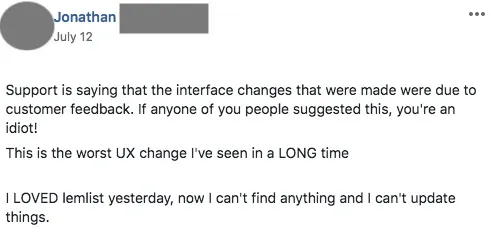
When shit hits the fan, it’s super important not to hide and be there for your customers.
In the end, I remember hoping on a call with Jonathan to understand exactly what problems he was facing so we could fix things ASAP.
The same day, we released a new, updated version. And this was Jonathan’s reaction 👇
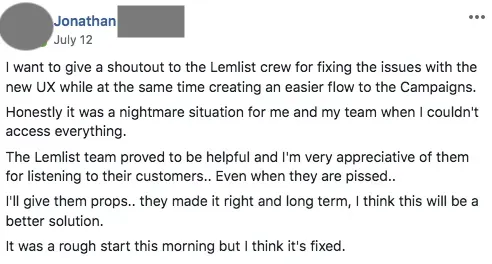
Hiding under the table when your customers are pissed, thinking that “they will eventually calm down,” can’t be an option.
When a customer is pissed off, you should be even more pissed off for letting them down.
They put their trust in you to solve a problem, and you failed.
It’s okay to fail, but it’s even more important to own it and try to make up for it.
Failures are painful, but they make us grow.
And the more you own your failures, the more your community trusts you.
Back in 2019, one of our users wanted to leverage the community to help each other get better deliverability.

One week later, we created with our community the first tool in the world to help people reach the inbox and avoid spam folders.
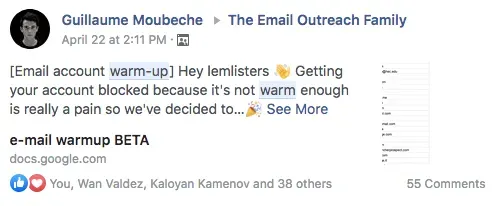
By listening to our customers and building a community-first SaaS, we were able to create the best tool worldwide for email deliverability.
Many tried to copy when they saw our success, but the fact that we have users from companies of all sizes and all over the world gave us a unique and non-reproducible edge.
To that day, no other tool was able to get similar results to what we created, and all of that because we’ve always been to support our users.
Retain
The biggest challenge for any SaaS company targeting Small and Medium Businesses is churn.
How do you make sure that people stick with you?
It boils down to one thing: how do you make your users successful?
If people are making money using your tool, the chances that they churn are small (in theory).
But after spending years investigating why some of our customers were churning, we came up with some interesting findings.
If you’re trying to solve a churn problem, you should also look at people who are NOT churning. The #1 reason to do this is to find the points of difference between people who churn and those who don’t.
So you basically have more ideas on how to make people more successful.
We decided to split our churn reduction actions into 3 buckets:
- Product usage
- Customer type
- Customer size
I will not go into too much detail, but I’ll give a few examples of things that worked for us 👇
- By looking at people who stayed with us forever, we realized that they both used our CRM integration and a custom tracking domain. This makes sense because that means that they are serious about sales prospecting. That’s why we decided to double down on CRM integrations, and we made setting up a custom tracking domain an essential part of the onboarding.
- We also looked at customer type, and we realized that a lot of people who were churning had actually never made any sales before using lemlist - they just wanted to validate their idea quickly. Even though it’s extremely difficult to reduce that kind of churn, we invested heavily in customer education through masterclasses and coaching to help people acquire their first customers. All masterclasses are free, and people love the value they get from them.
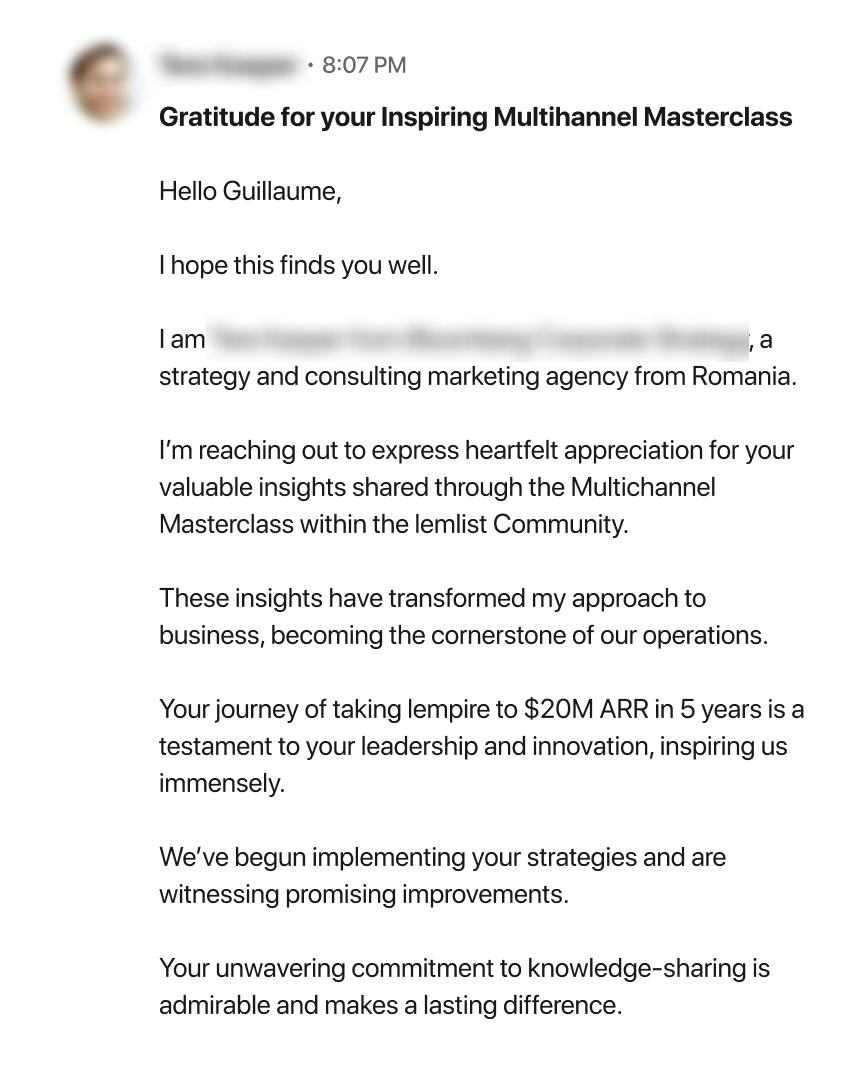
- Finally, depending on the size of our customers, we noticed that some of the bigger customers needed a different type of support. That’s why we started to have a dedicated success team for these accounts.
Our strong “growth loop” helped us reach $10M in ARR, but to continue towards the Scale stage, we needed a different approach.
The "Scale" Stage
Since we crossed a few months ago $20M in ARR - we’re still early in the Scale phase.
I still don’t have all the answers, but I wanted to share my lessons so far from $10M to $20M.
I divided our strategy into 3 pillars
- Hire
- Innovate
- Build or Buy?
Hire
We’ve always been a super lean company.
And every single time, we decided to hire more people quickly - it was a mistake.
Every person you add to a team adds more lines of communication than the one before, which adds more complexity and slows down the process every time your team grows.
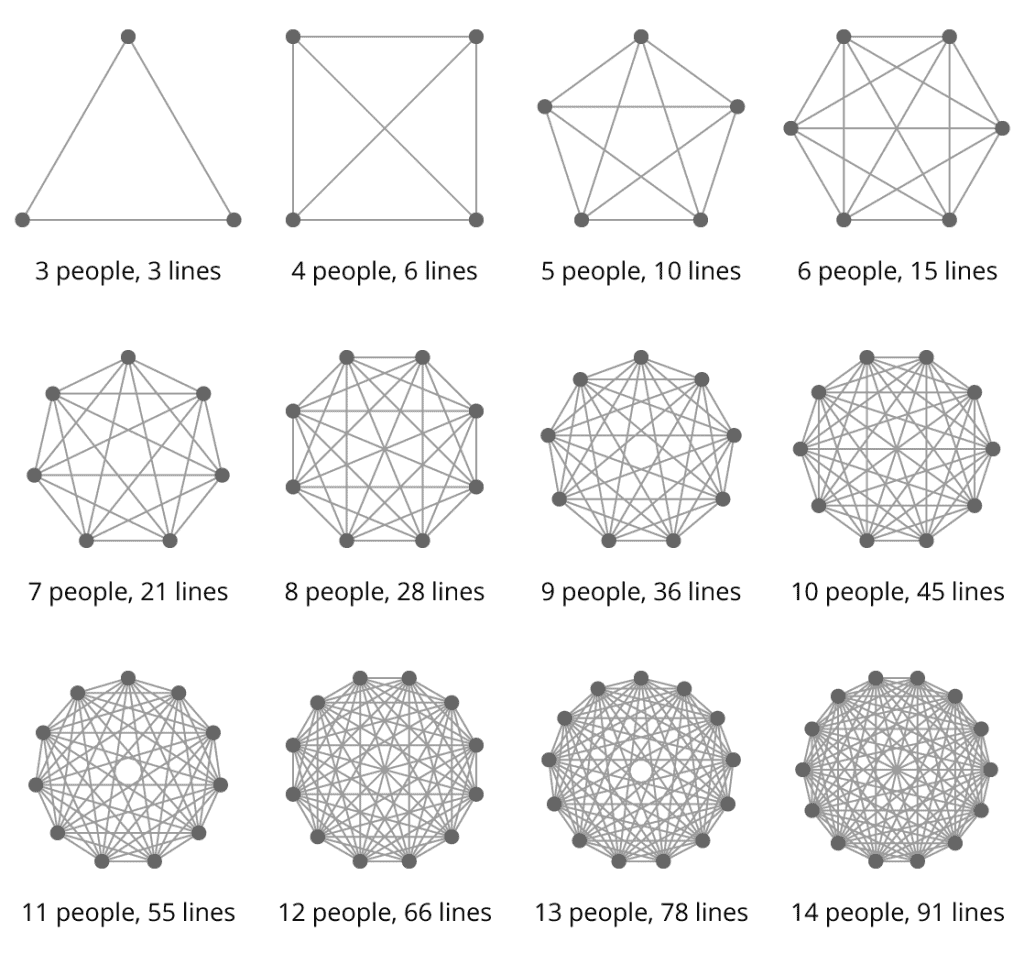
And to grow a company, you need speed.
Here’s my formula for growth 👇

Speed is basically how quickly you go from idea to execution.
Momentum is how the market responds to your actions.
So the more people you hire, the slower it will go.
That’s why we always ask ourselves, “how can we do more with less?”
More constraints mean more creativity and more focus on the things that matter.
My feeling is that to build a successful team, you need to hire slowly and focus on top performers - people who don’t need to be told what to do and who can learn quickly.
Innovate
If you want to continue growing at a rapid pace - innovation is key.
For us, “innovation” is driven by making our users more successful so they can grow their business faster.
To do so, we focused on the 2 biggest pain points our users had:
- Data
- Copywriting
The data part is essentially how you find the right people's contact details to get in touch with them.
The copywriting part is about how to write compelling copy so you get more meetings with your prospects.
After spending months testing 100+ email-finding tools and databases, we realized that there wasn’t a clear winner to find data.
However, we realized that companies with the biggest budget would simply buy anywhere between 5 to 10 tools just to get the right data.
That’s when we decided that instead of having to create everything ourselves, we should be putting the best tools together and creating what we call a waterfall enrichment.

By launching the Smart Enrichment feature, we were able to make something accessible not only to the biggest companies but also to the masses, and people really love it, as it makes their prospecting 10x easier.
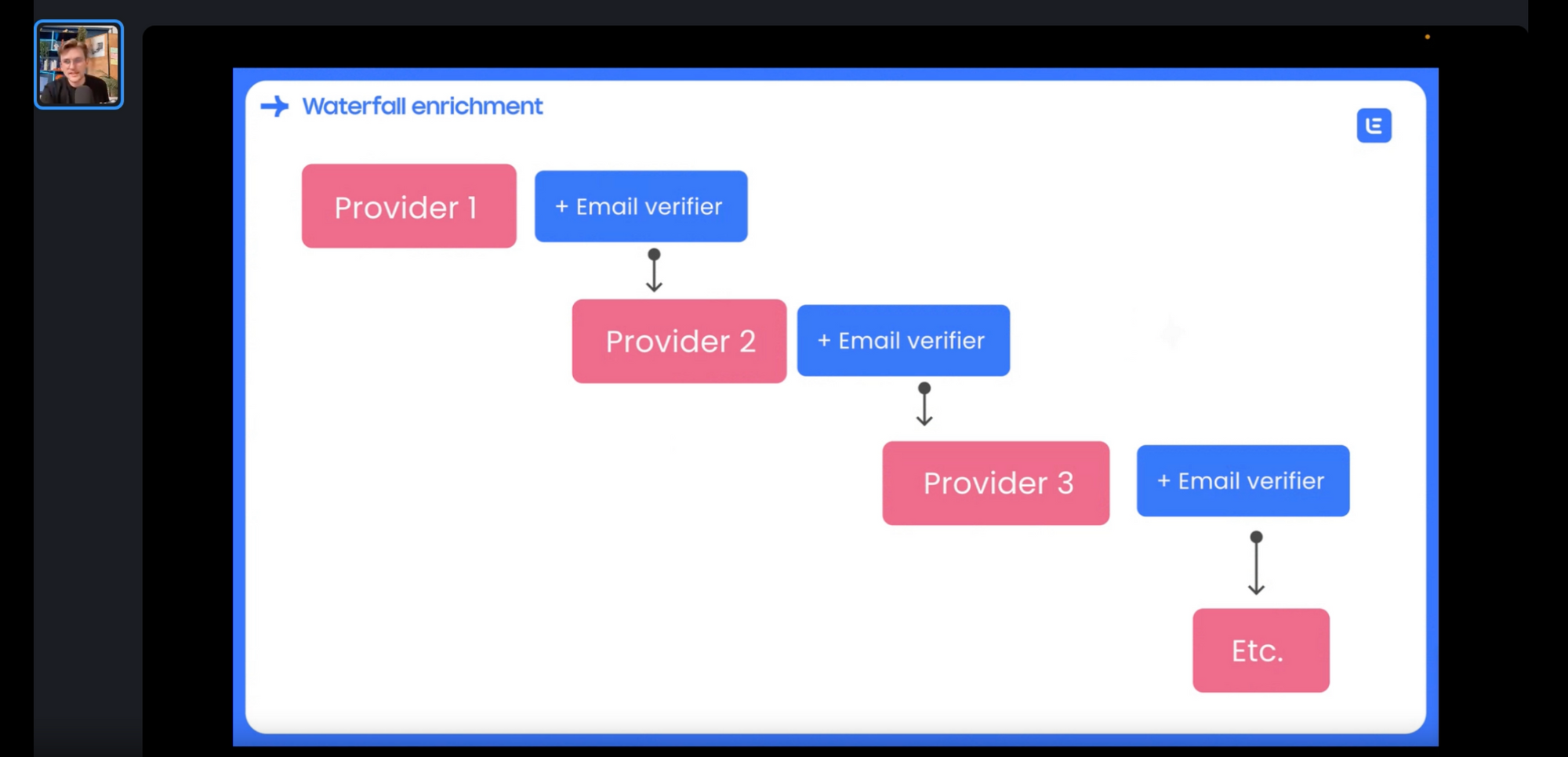

We also spent more than 18 months working with OpenAI on testing different models to write sequences for our users automatically. 8,000+ people requested access to the beta version.
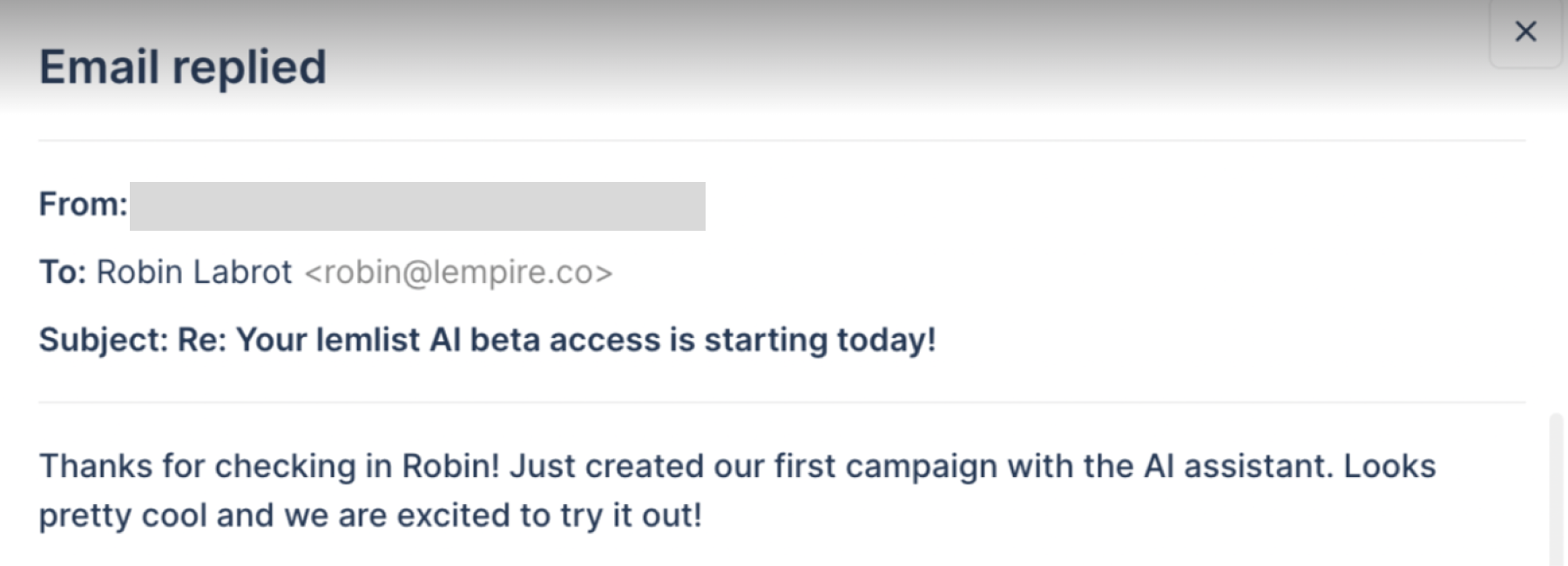
Once officially launched, our users could leverage an AI trained by the best-converting campaigns from 400+ million emails, and the results were game-changing for most of them.
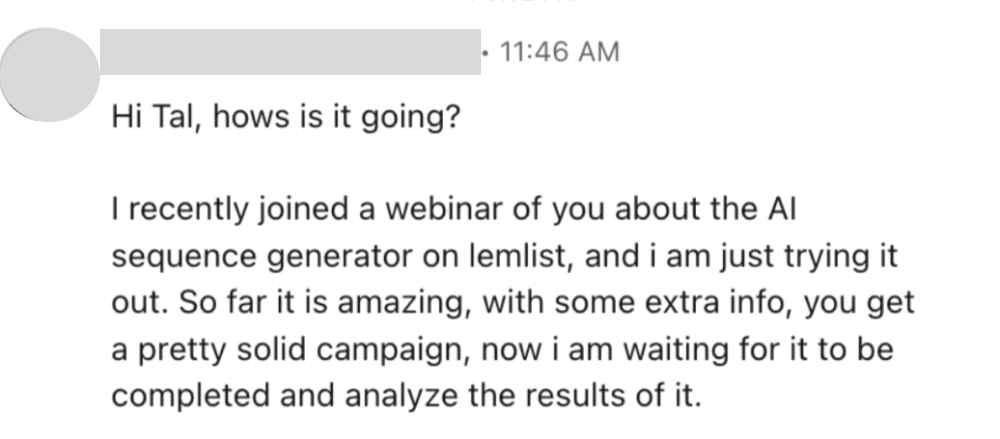
Once again, if you obsess over your users’ success - you can’t go wrong. Innovation should always come towards a more positive outcome for your customers.
Build or Buy?
Growing to $100M in ARR will often require new revenue streams.
It can be through your existing product by adding new features and pricing plans, but it can also be through new products that you’ll build or buy.
We love to create new products, and I feel like when you already have a strong community and usage, building a product makes sense.
For example, most of our users were using Calendly, but a lot of them were complaining about the lack of personalization.
That’s why we created lemcal.

By sharing it with our community, we got 1000+ users pretty quickly.
But instead of selling to your existing customers - you can also enter a new market by acquiring another company.
Since we grew a highly profitable business, we started to have enough cash to start thinking about that second option of doing Mergers and acquisitions (M&A).
After we acquired a multi-million dollar SaaS business, I realized that M&A is a lot more complex than what it looks like. From the way you structure the deal to how you’re gonna integrate the whole team and product - it’s a real job.
But as you’re growing your business, you also need to look at what we call the opportunity cost.
With the recession and more and more businesses struggling, there’s gonna be a lot of opportunities to buy businesses in the coming years.
So if you want to launch a new product, you should always ask yourself the following questions:
- How long will it take me to build the product?
- Are my competitors doing exactly what I want to build?
- How much would it cost me to acquire any of the competitors?
- How much time would it take me to get to the same revenue as one of the competitors I could acquire?
We often underestimate the REAL time it takes to build and sell a SaaS product.
Shipping a product rapidly is doable.
But generating real traction from a product that can actually scale is extremely difficult.
That’s why M&A can be a good strategy to scale - but only if you have the same company culture as the company you’d like to acquire.
And if you’re growing a profitable bootstrapped business doing more than $40k in MRR that is targeting SMBs and you want to sell to join the lempire adventure - reach out to me at guillaume@lempire.com 😇
How do we plan to build a billion-dollar company in the next 4 years?
Zig Ziglar once said: “You will get all you want in life if you help enough other people get what they want.”
My goal with lempire is to become the connector between you and your next customers.
We want to build a suite of products that will make growing a business a breeze.
I strongly believe that people love to overcomplicate things when it comes to business and that knowledge is not shared enough.
Since in the last few years we:
- grew multiple profitable SaaS products to a $150M valuation
- sold one of our side projects
- made multi-million dollar M&A deals
- crossed $20M in ARR, being bootstrapped and profitable.
I feel like it’s time for me to share a lot more with the community, and that’s why I’m launching Profit-led Growth - a free newsletter that transforms the time you spend reading it into more dollars for your business (no fluff - no BS).
If you want to follow more of our journey, I share content on:


